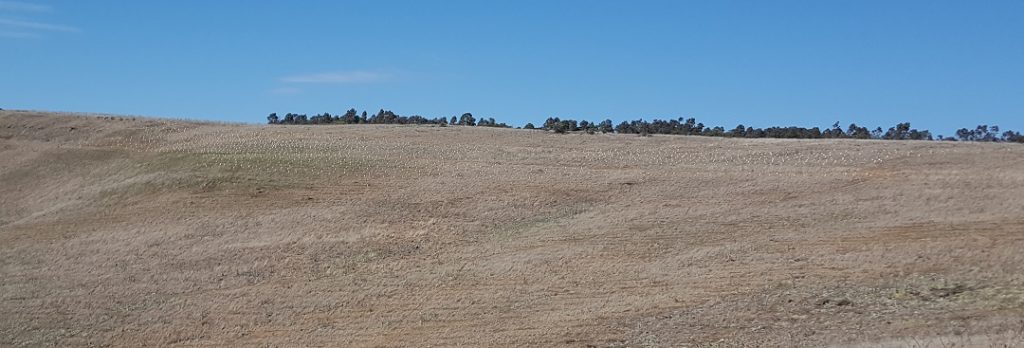Native vegetation comprises plants that are indigenous to Victoria, including trees, shrubs, herbs and grasses. Native vegetation provides habitat for wildlife and delivers a range of ecosystem services that make land more productive and contribute to human well-being.
Native vegetation grants are often available from some organisations like Melbourne Water, Port Phillip & Western Port Catchment Authority or your local Landcare group. Initiatives like the federally funded 20 Million Trees Program can also provide financial support for your planting project.
Planting season is almost upon us, and here are a few tips Aus Eco Solutions follow to create successful native vegetation planting projects for our large range of clients.
Planting native vegetation:
When planting in the ground, loosen the soil to twice the size of your plant. This allows the root system to spread without much difficulty. Place the plant in the created hole making sure that the top of the soil from the pot sits level with the top of the soil in the ground. Firmly backfill around the hole while also shaping water bowl large enough to hold a small amount of water, just enough to pool and soak down into the root system. There’s a large variety of tree guards available on the market which to help you select a product that best suits your specific situation. Tree guards can be critical to the success of planting projects if, for instance, you are creating a native shelterbelt, then you might need to consider pest animals such as rabbits. Alternatively, if your aim is to increase the biodiversity and native structure amongst an existing woodland, you may need to mitigate against native herbivory from animals such as kangaroos and wallabies. Aus Eco Solutions use Victorian supplier Surgro for all our planting tree guards and associated products.
Indigenous plants have evolved on the local un-amended soils. No soil improvement should be necessary if the correct plants have been chosen. Improving the soils will, however, give your new plants an easier time of it. For example, if you are planting into sand the addition of clay will help to retain water around the plants root system.
Long Stem native vegetation planting:
If you purchase plants which have trunks (i.e. woody plants, not groundcovers, kangaroo paws and grasses) usually native trees and shrubs, when you plant them, bury them half way up their trunks. This puts the root zone deeper into the ground and away from surface heat. It stablises the plants and they then grow roots from out of their buried trunks. This is a big advantage when planting plants that have become root bound in their pots. When the plants can produce new roots that are not root binding, then the plants have more chance of long term survival.


Best Time to plant native vegetation:
The time to plant native vegetation depends on your climate and the type of plant. Autumn is generally the best time, as it gives the plant time to establish itself before the next summer. Some areas of Victoria, however, are subject to frosts below 2 degrees and experience harsh cold conditions. In these areas it is best to plant in the spring after the cold has abated. Also, some native plants are hardy to cold weather and frosts and hence can be planted in the autumn after reasonable rains have occurred. See below where your region sits and when the best time for planting is in your area:
Northern Country, Wimmera and Mallee
Rainfall in these areas is below 500mm – Autumn planting is necessary as the effort to keep frequent moisture up to plants in the summer is time consuming.
Slopes of the Great Divide and adjacent ranges
Winter can be very cold and only the hardiest of new plants will survive – Spring planting is recommended as the summers are usually cooler and there is normally more moisture available over a larger part of the year.
Melbourne (most), coastal areas, adjacent uplands, and East Gippsland
The climate is usually milder throughout the year – Plant autumn through to the end of spring.
For more info visit https://apsvic.org.au/best-time-to-plant-australian-natives/
